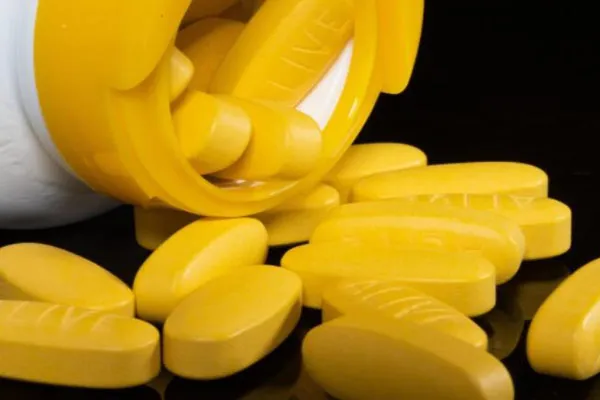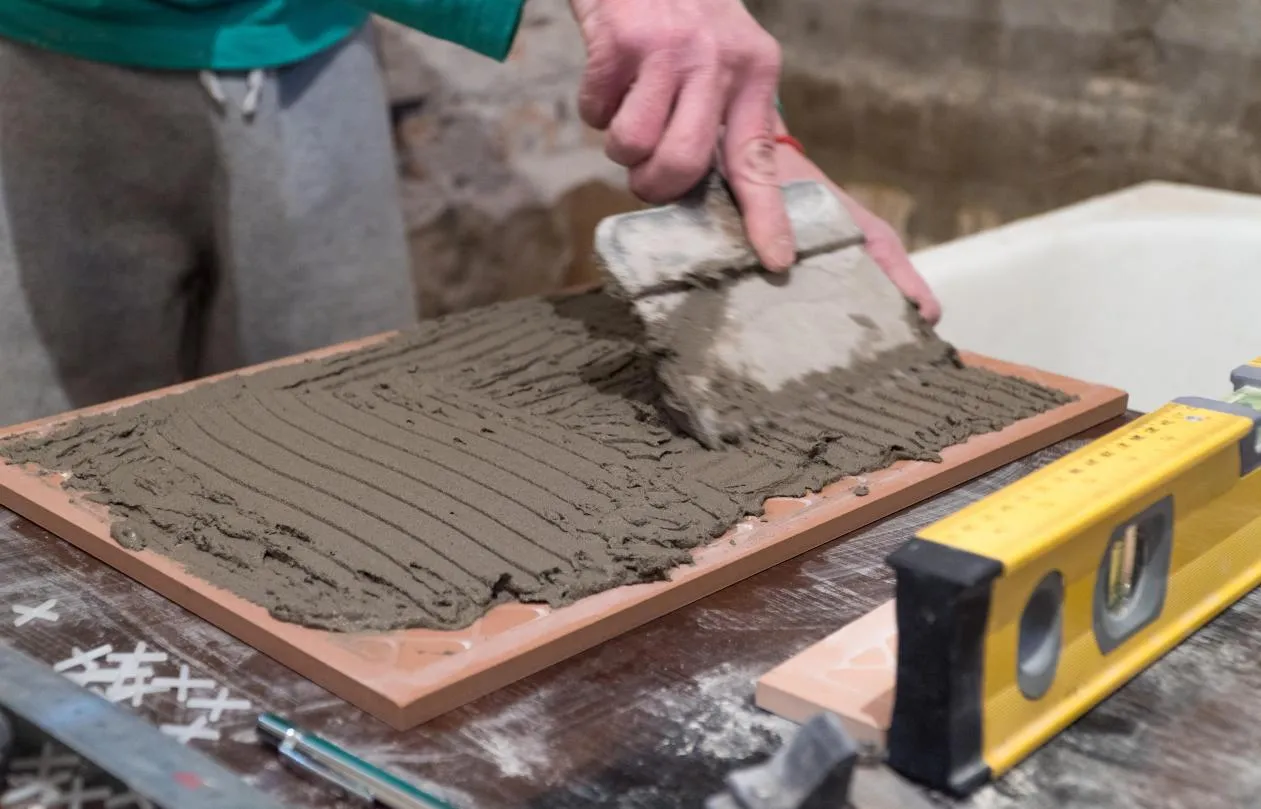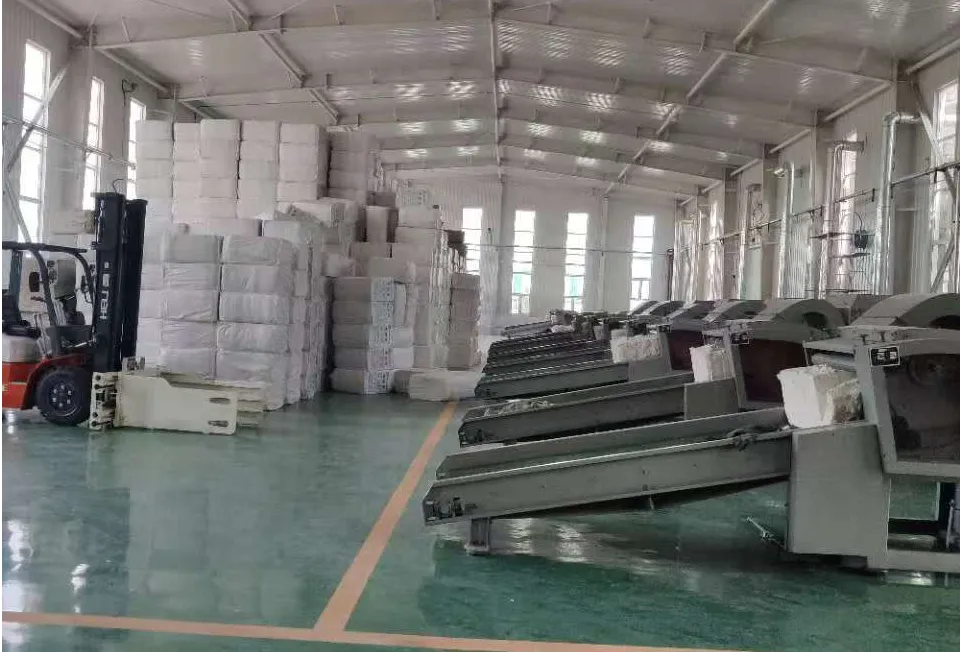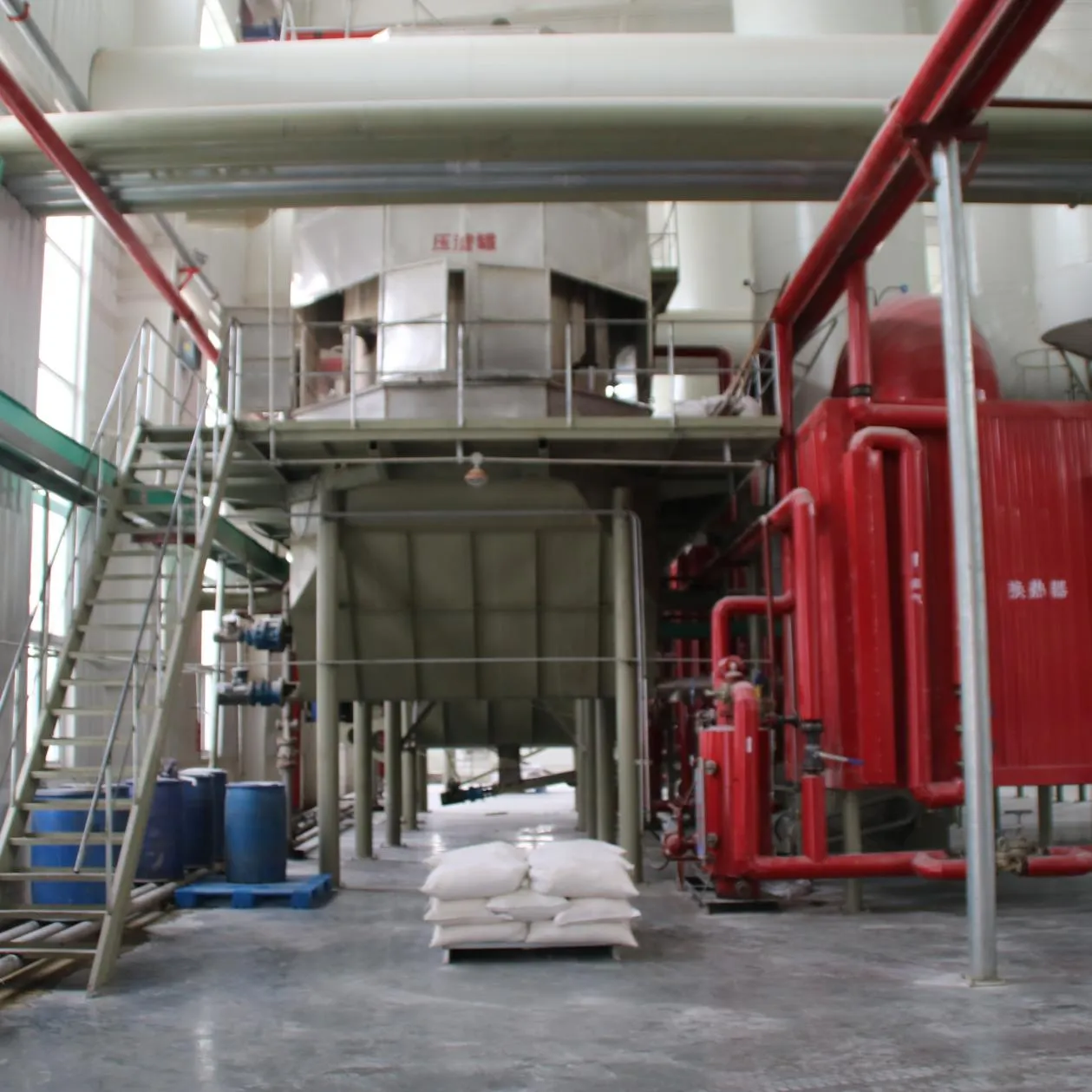
Understanding HPMC Properties Applications and Market Insights
Hydroxypropyl Methyl Cellulose (HPMC) is a versatile, semi-synthetic polymer derived from cellulose, widely recognized for its exceptional film-forming, emulsifying, and thickening capabilities.

Subtitle 1: What Is HPMC and Why It’s Widely Used in Various Industries
It is primarily used in the pharmaceutical, construction, food, and cosmetic industries. Commonly referred to as hypromellose, this compound plays a vital role in modern formulations due to its multifunctional properties.
There are various HPMC grades viscosity available on the market, depending on the specific application. For example, low-viscosity grades are often used in injectable solutions, while high-viscosity grades are ideal for tablet coatings and industrial uses. Among these, HPMC 2910/Hypromellose is one of the most widely adopted grades, appreciated for its consistency, stability, and water retention capability.
In pharmaceutical formulations, HPMC is commonly used as a tablet binder and film coating agent. Its ability to create a protective barrier around tablets allows for controlled drug release. A significant innovation in this field is the Revestimento entérico HPMC, which helps protect active ingredients from stomach acid, ensuring they reach the intestine where they are more effectively absorbed.
Furthermore, hydroxypropyl methyl cellulose phthalate and HPMC phthalate are specifically designed for enteric coatings, enhancing the protection and delivery of sensitive medications.

Subtitle 2: Industrial Applications and Global Supply Chain of HPMC
Beyond pharmaceuticals, HPMC is integral to numerous industrial applications. In the construction industry, HPMC is a crucial ingredient in tile adhesives, mortars, and plasters. It improves workability, water retention, and adhesion strength. As such, HPMC tile adhesive is highly sought after in the global construction market, particularly in moisture-sensitive environments.
Another vital application of HPMC is in coatings. The HPMC coating forms a smooth, flexible, and moisture-resistant film, making it suitable not only for pharmaceutical tablets but also for food products and industrial surfaces. Additionally, HPMC used in tablet coating provides not just protection and appearance enhancement but also serves functional purposes like taste masking and extended drug release.
With growing demand across industries, the global market for HPMC continues to expand. Many buyers are actively searching for HPMC for sale, looking for dependable suppliers and competitive pricing. Renowned brands like Vivapharm HPMC offer pharmaceutical-grade HPMC that meets international regulatory standards.
From a logistical perspective, understanding the HPMC HS code is essential for global trade. This classification—typically under 3912.31—simplifies customs procedures and ensures smooth import/export activities.
On the manufacturing side, the HPMC manufacturing process involves multiple stages, including alkali treatment, etherification, washing, drying, and pulverization. The raw cellulose is reacted with methyl chloride and propylene oxide under controlled conditions, resulting in a non-ionic cellulose ether with tailored properties.
Large-scale HPMC factory operations, particularly in China and India, dominate global supply. These facilities are equipped with modern technology and strict quality controls to produce high-purity HPMC suitable for pharmaceutical, cosmetic, and construction-grade applications.

The Future of HPMC in a Growing Global Market
Hydroxypropyl Methyl Cellulose continues to gain momentum due to its adaptability, safety, and wide-ranging utility. Whether it’s in tablet coatings, construction adhesives, or personal care products, HPMC’s unique combination of physical and chemical properties makes it indispensable.
As sustainability and performance become top priorities across industries, HPMC stands out as a biodegradable, non-toxic, and efficient solution. With rising demand, more companies are offering HPMC for sale, backed by comprehensive information on viscosity grades, phthalate derivatives, and global HS codes.
Whether you’re a pharmaceutical formulator, a construction materials producer, or a chemical importer, understanding the different HPMC grades viscosity, applications like Revestimento entérico HPMC, and production standards will help you make informed decisions. Leading suppliers, including Vivapharm HPMC, continue to innovate, delivering top-tier cellulose derivatives tailored to ever-changing industrial needs.
Common Questions About Hydroxypropyl Methyl Cellulose (HPMC) and Its Applications
What is the main function of HPMC in pharmaceutical formulations?
Answer:The primary HPMC function in pharmaceuticals is as a binder and film-former in tablets. It aids in controlled drug release, enhances tablet integrity, and can serve as a medium for Revestimento entérico HPMC to protect active ingredients from stomach acid.
How does the viscosity of HPMC grades affect product performance?
Answer:Different HPMC grades viscosity are chosen based on the application. Low-viscosity grades are ideal for liquid formulations or injectable solutions, while high-viscosity grades are better suited for thickening, gel formation, and extended-release drug coatings.
What is HPMC phthalate and where is it used?
Answer:HPMC phthalate, also known as hydroxypropyl methyl cellulose phthalate, is a modified form of HPMC used primarily for enteric coatings in pharmaceuticals. It allows the active drug to bypass the stomach and dissolve in the intestine.
What does the HPMC manufacturing process involve?
Answer:O HPMC manufacturing process includes steps like alkalization of cellulose, etherification with methyl chloride and propylene oxide, and purification. The resulting HPMC is then dried and ground into fine powder, ready for formulation in various industries.
Is HPMC safe for use in food and personal care products?
Answer:Yes, HPMC is generally regarded as safe (GRAS) and widely used in food and cosmetics. It is non-toxic, non-allergenic, and biodegradable, making it suitable for use in food coatings, toothpaste, shampoos, and personal care formulations.
-
Hydroxypropyl Starch as a Sustainable Construction AdditiveNewsNov.24,2025
-
The Gelation Properties of CMCNewsNov.21,2025
-
Redispersible Latex Powder and Water Retention CapacityNewsNov.21,2025
-
Dosage Control for Polycarboxylate Water ReducerNewsNov.21,2025
-
Film-Forming Properties of Polyvinyl AlcoholNewsNov.21,2025
-
The Function of Gypsum Additives in MortarNewsNov.21,2025

Understanding HPMC: Properties, Applications, and Market Insights
Hydroxypropyl Methyl Cellulose (HPMC) is a versatile, semi-synthetic polymer derived from cellulose, widely recognized for its exceptional film-forming, emulsifying, and thickening capabilities.

Subtitle 1: What Is HPMC and Why It’s Widely Used in Various Industries
It is primarily used in the pharmaceutical, construction, food, and cosmetic industries. Commonly referred to as hypromellose, this compound plays a vital role in modern formulations due to its multifunctional properties.
There are various HPMC grades viscosity available on the market, depending on the specific application. For example, low-viscosity grades are often used in injectable solutions, while high-viscosity grades are ideal for tablet coatings and industrial uses. Among these, HPMC 2910/Hypromellose is one of the most widely adopted grades, appreciated for its consistency, stability, and water retention capability.
In pharmaceutical formulations, HPMC is commonly used as a tablet binder and film coating agent. Its ability to create a protective barrier around tablets allows for controlled drug release. A significant innovation in this field is the Revestimento entérico HPMC, which helps protect active ingredients from stomach acid, ensuring they reach the intestine where they are more effectively absorbed.
Furthermore, hydroxypropyl methyl cellulose phthalate and HPMC phthalate are specifically designed for enteric coatings, enhancing the protection and delivery of sensitive medications.

Subtitle 2: Industrial Applications and Global Supply Chain of HPMC
Beyond pharmaceuticals, HPMC is integral to numerous industrial applications. In the construction industry, HPMC is a crucial ingredient in tile adhesives, mortars, and plasters. It improves workability, water retention, and adhesion strength. As such, HPMC tile adhesive is highly sought after in the global construction market, particularly in moisture-sensitive environments.
Another vital application of HPMC is in coatings. The HPMC coating forms a smooth, flexible, and moisture-resistant film, making it suitable not only for pharmaceutical tablets but also for food products and industrial surfaces. Additionally, HPMC used in tablet coating provides not just protection and appearance enhancement but also serves functional purposes like taste masking and extended drug release.
With growing demand across industries, the global market for HPMC continues to expand. Many buyers are actively searching for HPMC for sale, looking for dependable suppliers and competitive pricing. Renowned brands like Vivapharm HPMC offer pharmaceutical-grade HPMC that meets international regulatory standards.
From a logistical perspective, understanding the HPMC HS code is essential for global trade. This classification—typically under 3912.31—simplifies customs procedures and ensures smooth import/export activities.
On the manufacturing side, the HPMC manufacturing process involves multiple stages, including alkali treatment, etherification, washing, drying, and pulverization. The raw cellulose is reacted with methyl chloride and propylene oxide under controlled conditions, resulting in a non-ionic cellulose ether with tailored properties.
Large-scale HPMC factory operations, particularly in China and India, dominate global supply. These facilities are equipped with modern technology and strict quality controls to produce high-purity HPMC suitable for pharmaceutical, cosmetic, and construction-grade applications.
The Future of HPMC in a Growing Global Market
Hydroxypropyl Methyl Cellulose continues to gain momentum due to its adaptability, safety, and wide-ranging utility. Whether it’s in tablet coatings, construction adhesives, or personal care products, HPMC’s unique combination of physical and chemical properties makes it indispensable.
As sustainability and performance become top priorities across industries, HPMC stands out as a biodegradable, non-toxic, and efficient solution. With rising demand, more companies are offering HPMC for sale, backed by comprehensive information on viscosity grades, phthalate derivatives, and global HS codes.
Whether you’re a pharmaceutical formulator, a construction materials producer, or a chemical importer, understanding the different HPMC grades viscosity, applications like Revestimento entérico HPMC, and production standards will help you make informed decisions. Leading suppliers, including Vivapharm HPMC, continue to innovate, delivering top-tier cellulose derivatives tailored to ever-changing industrial needs.
Common Questions About Hydroxypropyl Methyl Cellulose (HPMC) and Its Applications
What is the main function of HPMC in pharmaceutical formulations?
Answer:The primary HPMC function in pharmaceuticals is as a binder and film-former in tablets. It aids in controlled drug release, enhances tablet integrity, and can serve as a medium for Revestimento entérico HPMC to protect active ingredients from stomach acid.
How does the viscosity of HPMC grades affect product performance?
Answer:Different HPMC grades viscosity are chosen based on the application. Low-viscosity grades are ideal for liquid formulations or injectable solutions, while high-viscosity grades are better suited for thickening, gel formation, and extended-release drug coatings.
What is HPMC phthalate and where is it used?
Answer:HPMC phthalate, also known as hydroxypropyl methyl cellulose phthalate, is a modified form of HPMC used primarily for enteric coatings in pharmaceuticals. It allows the active drug to bypass the stomach and dissolve in the intestine.
What does the HPMC manufacturing process involve?
Answer:O HPMC manufacturing process includes steps like alkalization of cellulose, etherification with methyl chloride and propylene oxide, and purification. The resulting HPMC is then dried and ground into fine powder, ready for formulation in various industries.
Is HPMC safe for use in food and personal care products?
Answer:Yes, HPMC is generally regarded as safe (GRAS) and widely used in food and cosmetics. It is non-toxic, non-allergenic, and biodegradable, making it suitable for use in food coatings, toothpaste, shampoos, and personal care formulations.
-
Hydroxypropyl Starch as a Sustainable Construction AdditiveNewsNov.24,2025
-
The Gelation Properties of CMCNewsNov.21,2025
-
Redispersible Latex Powder and Water Retention CapacityNewsNov.21,2025
-
Dosage Control for Polycarboxylate Water ReducerNewsNov.21,2025
-
Film-Forming Properties of Polyvinyl AlcoholNewsNov.21,2025
-
The Function of Gypsum Additives in MortarNewsNov.21,2025





















